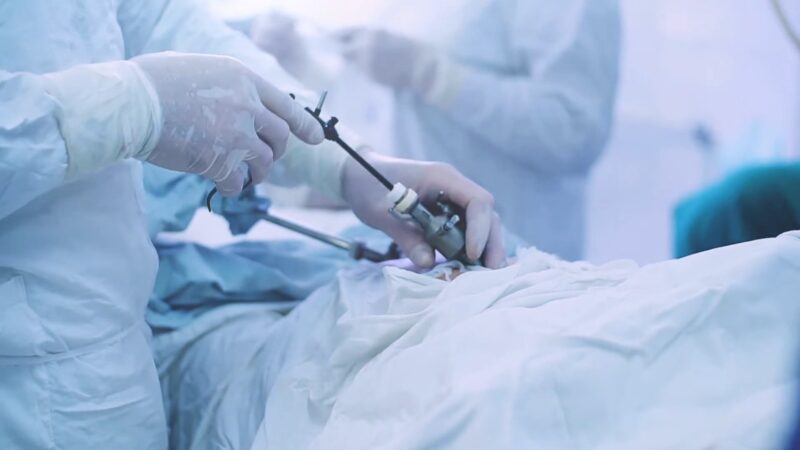Undergoing gallbladder surgery, technically termed cholecystectomy, is a pivotal step for many in addressing gallstones and their associated complications. Yet, once the procedure is complete, a fresh set of questions often emerges about the recovery process.
One prevalent concern centers around abdominal swelling post-surgery. Now, we want to shed light on why this happens, how long it typically lasts, and the best ways to manage and alleviate this symptom during the healing phase.
The Basics
Gallbladder surgery, medically known as a cholecystectomy, involves the removal of the gallbladder—a pear-shaped organ located beneath the liver. The procedure is usually recommended for those suffering from gallstones or other gallbladder-related issues.
Reasons for the Procedure
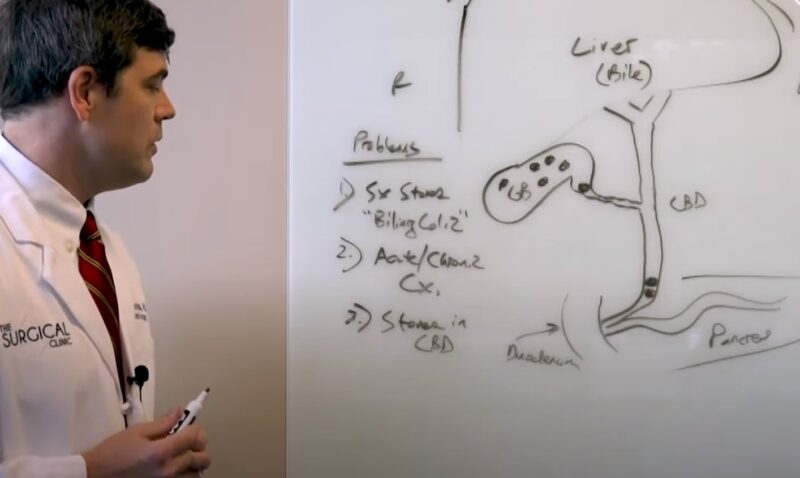
Most individuals undergo this operation due to the presence of gallstones, which can cause intense pain and other complications. Other reasons include gallbladder inflammation or a malfunctioning gallbladder.
Whatever the cause, removal often brings relief from symptoms.
Procedure Overview
The surgery can be performed as an open procedure with a large incision or laparoscopically with smaller incisions. Both methods are effective, but the recovery time and post-operative symptoms might differ.
Post-Surgery Swelling Duration
Once the procedure is complete, it’s normal for patients to notice some swelling in the abdominal area. The duration and intensity can vary based on several factors.
What Causes the Swelling?
The body’s reaction to trauma, including surgery, is often to retain fluid. This fluid retention can manifest as swelling or edema. Edema, in the case of gallbladder removal, is frequently seen around the surgical site and the abdomen.
Another reason for the swelling can be related to the anesthesia used during the procedure. Anesthetics can cause fluid shifts in the body, contributing to temporary abdominal distension post-surgery.
Differentiating Between Swelling and Other Symptoms
It’s vital to understand what constitutes normal postoperative swelling.
Typically, the abdomen may appear distended or puffy, but this should gradually reduce over time. Persistent swelling or distension accompanied by other symptoms such as fever, excessive pain, or discoloration could indicate a complication.
It’s essential to consult with a medical professional if you’re unsure or if symptoms persist.
Typical Swelling Duration
Most patients will notice the swelling for several days post-surgery, with peak swelling often occurring 48-72 hours after the operation. In many cases, this swelling starts to diminish within a week. For some, it might persist for a few weeks.
Factors affecting duration:
| Factor | Description |
|---|---|
| Surgical technique used | Laparoscopic vs. Open |
| Individual’s overall health | This encompasses general health, fitness, and any pre-existing conditions an individual might have |
| Presence of any complications | This could include infections, surgical complications, or other postoperative issues |
Managing and Reducing Post-Surgical Swelling
While the swelling post-operation is a natural response, there are ways to manage and potentially reduce its duration and intensity.
Cold Compress Application
Applying a cold compress to the affected area can offer relief. It helps in reducing inflammation and provides a soothing effect. Ensure the cold compress is not applied directly to the skin to prevent frostbite; use a cloth barrier.
Elevate the Area
When resting, try to keep the swollen area elevated. This method can aid in reducing swelling by promoting the drainage of fluids away from the surgical site.
Ways to Aid Swelling Reduction
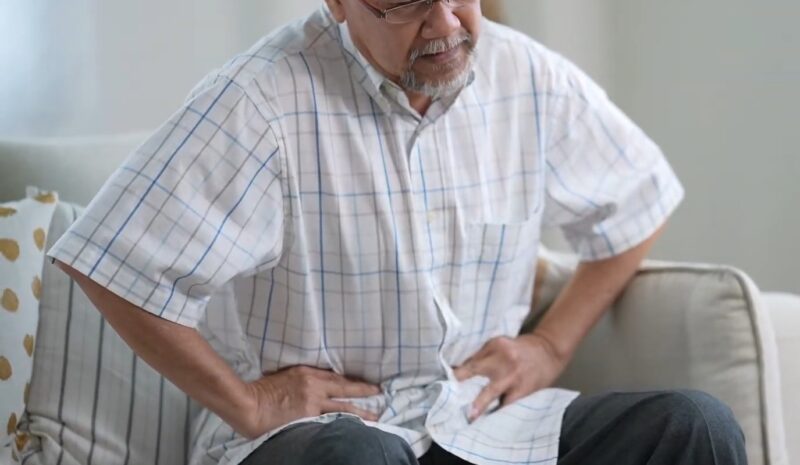
Giving your body the time to heal is paramount. Ensure you’re following your doctor’s recommendations about activity levels post-surgery. Dietary Considerations:
- Consuming a low-sodium diet: Helps reduce fluid retention.
- Staying hydrated: Drinking water can help flush out excess fluids.
- Avoiding gas-producing foods: Can reduce additional abdominal distension.
Follow Medical Advice
Always adhere to the post-operative instructions provided by your healthcare professional. This might include advice on:
- Medications to take or avoid
- Dietary restrictions
- Physical activity limitations
Potential Complications of Prolonged Swelling
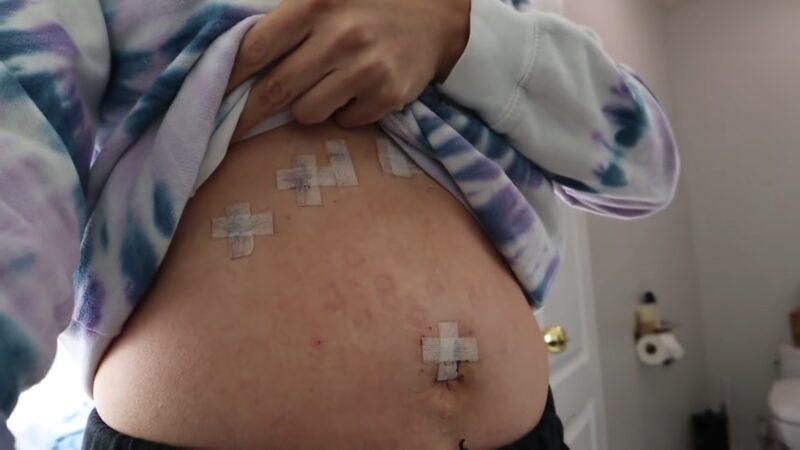
While some degree of swelling is expected after gallbladder surgery, prolonged or excessive swelling can be a sign of complications or underlying issues that may need attention.
Seroma Formation
A seroma is a pocket of clear serous fluid that sometimes develops after surgery. It can lead to noticeable swelling and might require drainage if it doesn’t resolve on its own. While not always dangerous, it’s essential to monitor and consult with a physician if suspected.
Infection
Prolonged swelling, especially if accompanied by increasing pain, redness, warmth, or discharge, could be indicative of an infection at the surgical site. It’s crucial to seek medical advice promptly in such cases.
Hematoma Development
Hematomas are collections of blood within the body tissues. If a patient experiences a growing, painful bulge post-surgery, it could be a hematoma that might need medical intervention.
Importance of Post-Surgical Follow-ups
Regular post-surgical check-ups are vital in ensuring a smooth recovery and addressing any potential issues early on.
Monitoring Recovery Progress
During follow-up visits, healthcare professionals will monitor the surgical site for proper healing, assess the swelling, and check for signs of complications. This ongoing assessment is crucial for timely intervention if problems arise.
Addressing Concerns and Questions
These appointments provide an opportunity for patients to voice any concerns and get answers to their questions. Whether it’s about swelling, pain management, or resuming daily activities, it’s the perfect time to get clarity.
Approaches to Support Recovery
Alongside medical interventions and home remedies, some patients turn to holistic methods to support their healing process after gallbladder surgery. While these aren’t substitutes for medical advice, they can complement traditional postoperative care.
Benefits of Gentle Movement and Exercise
After getting clearance from your surgeon, introducing gentle movement can help with circulation, potentially reducing swelling. Simple stretches or short walks, if allowed, can benefit the body without straining the surgical site.
It’s essential to remain attentive to how your body reacts. If any movement causes pain or discomfort, it’s crucial to stop and consult with a medical professional before resuming.
Incorporating Herbal and Natural Remedies
| Potential Herbal Aids | Benefits |
|---|---|
| Turmeric | Known for its anti-inflammatory properties |
| Ginger | Can help reduce nausea and inflammation |
| Bromelain | Found in pineapples, it may assist with swelling reduction |
Before introducing any herbal remedies or supplements post-surgery, it’s imperative to consult with your healthcare provider. Some herbs can interfere with medications or cause unexpected reactions.
FAQs
What are the best positions to sleep in to minimize swelling?
Sleeping in a slightly elevated position can help reduce swelling. Using pillows to prop oneself up or sleeping in a recliner may be beneficial.
Can wearing compression garments help with swelling?
While compression garments are often recommended after certain surgeries to reduce swelling, it’s essential to consult with your surgeon before using any to ensure it’s safe and beneficial for your specific situation.
How soon after the surgery can I expect to see a reduction in swelling with proper care?
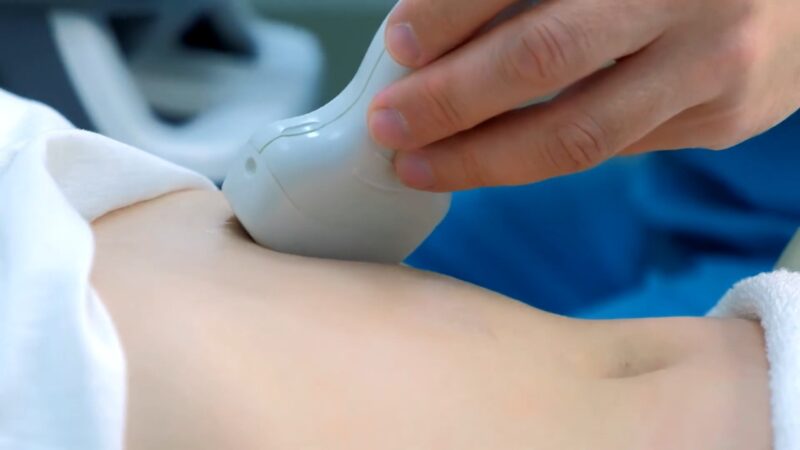
Most patients observe a noticeable reduction in swelling within a week, with significant improvement by the second week. However, individual experiences may vary.
Are there any massages or therapies that can help alleviate post-surgical swelling?
Lymphatic drainage massage is sometimes recommended to reduce post-surgical swelling, but it’s crucial to get a green light from your surgeon before undergoing any form of therapy.
Why might one side of the surgical area appear more swollen than the other?
This can be due to individual variations in healing, the specific technique used during surgery, or how the body responds to the procedure. However, any significant asymmetry should be brought to your surgeon’s attention.
The Bottom Line
Gallbladder surgery, like any medical procedure, requires patience and care during the recovery phase. Swelling is a natural part of the body’s healing process, but understanding its duration and ways to manage it can make the recovery more comfortable.
Whether you’re opting for traditional, holistic, or a combination of approaches, always prioritize your well-being and consult with healthcare professionals as needed. Remember, every individual’s recovery journey is unique, and it’s essential to move forward at a pace that feels right for you.
If you want to have an insight into some similar topics, check out our website.

